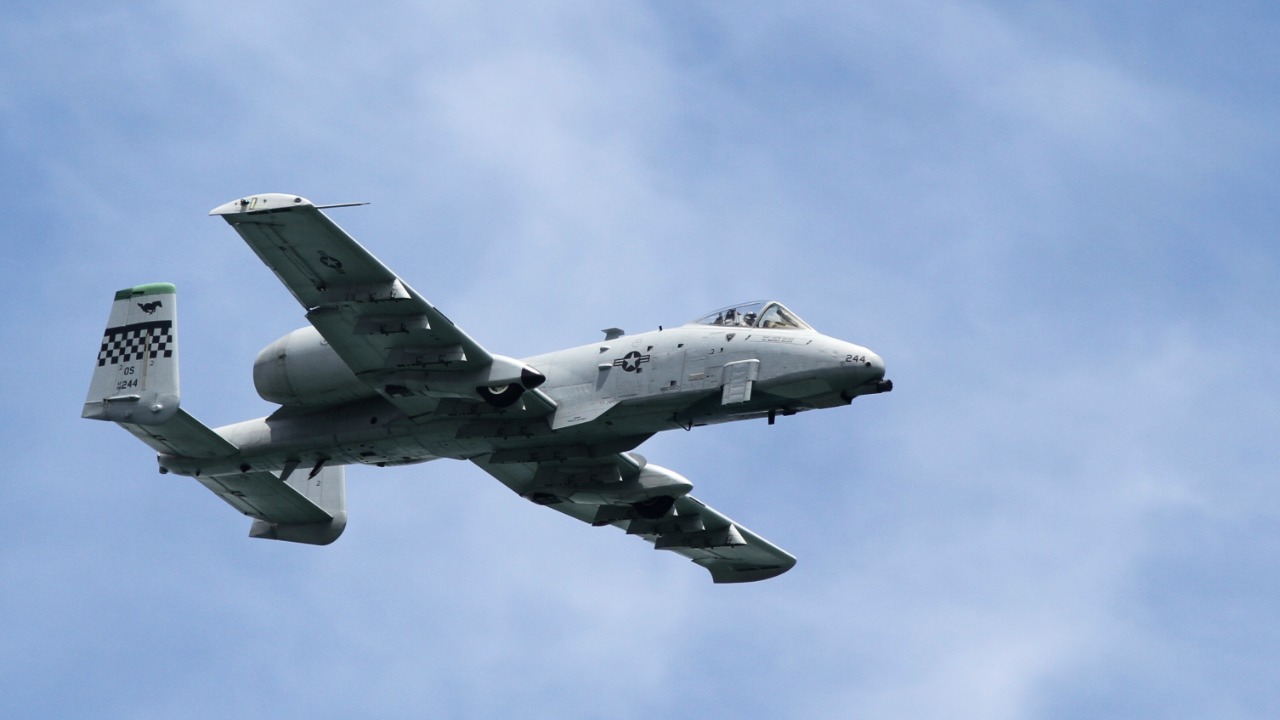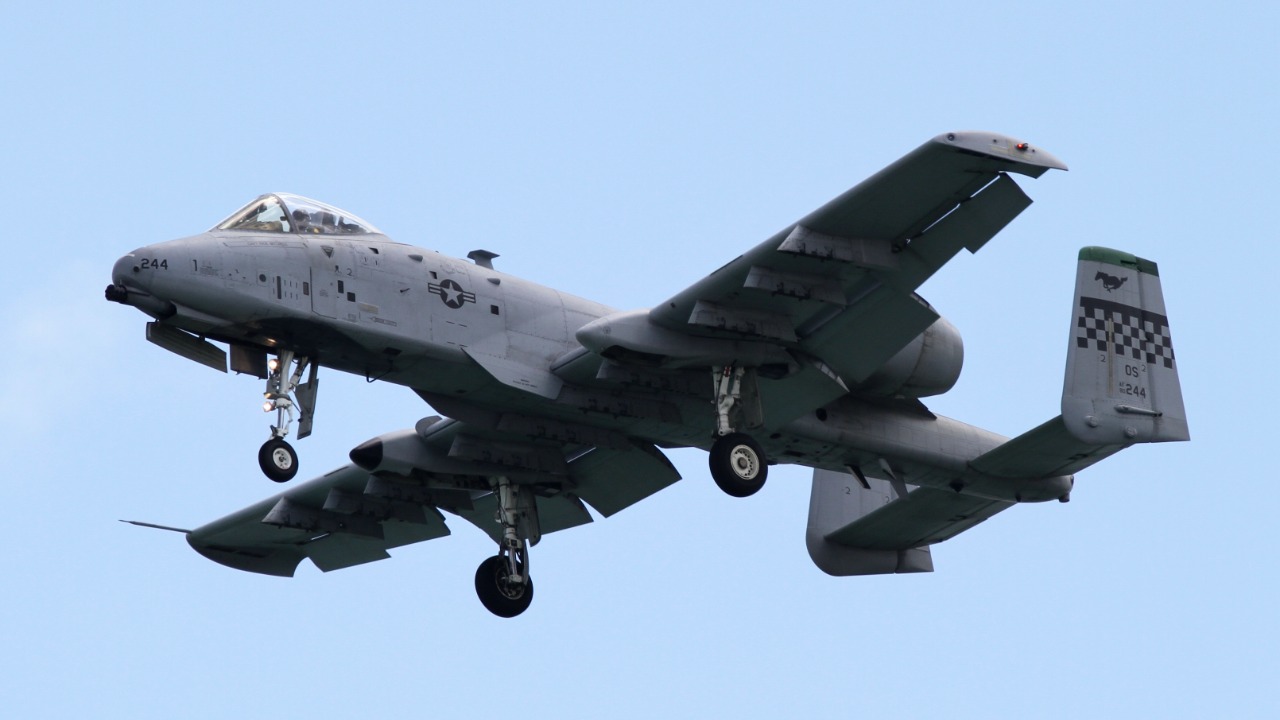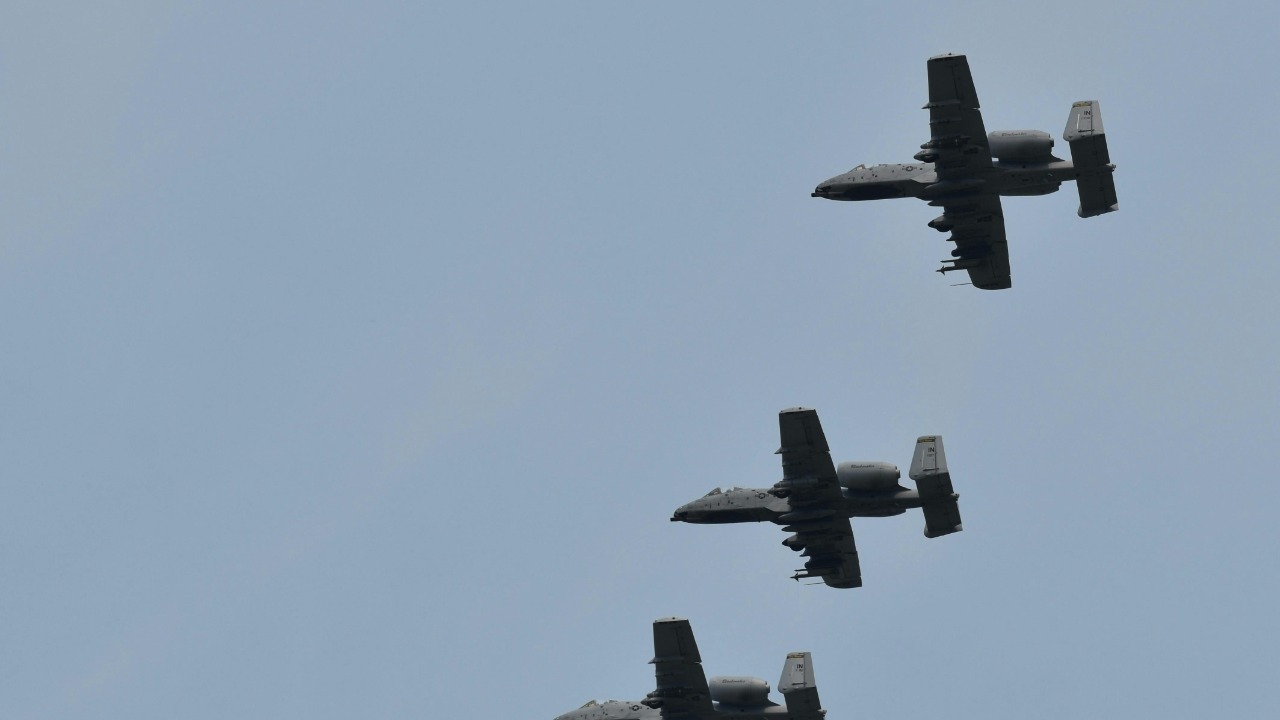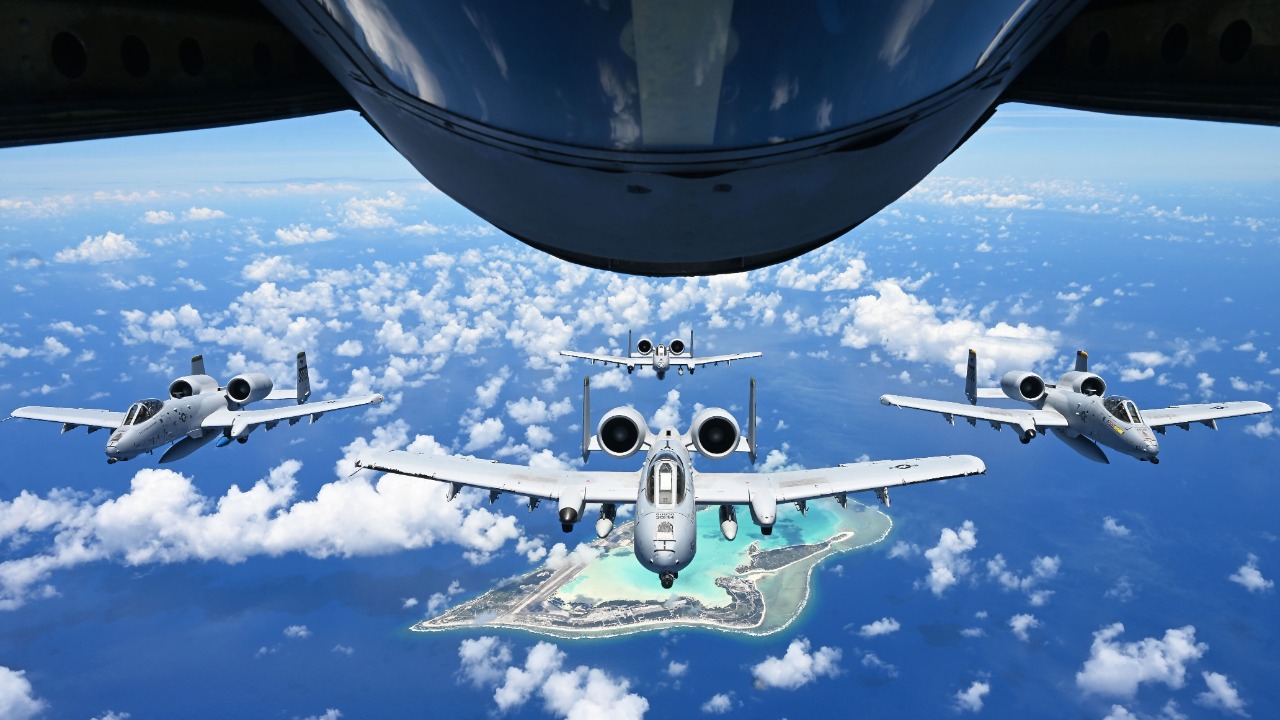
The A-10 Thunderbolt II, affectionately known as the “Warthog,” has been a staple in the U.S. Air Force since the 1970s, designed specifically for close air support missions. Despite numerous attempts to retire this venerable aircraft, the A-10 continues to prove its worth on the modern battlefield, ensuring it won’t be phased out anytime soon.
Proven Battlefield Performance

The A-10’s effectiveness in close air support is unparalleled. Its design allows it to loiter over battlefields, providing continuous support to ground troops. The aircraft’s ability to deliver precise firepower, thanks to its powerful GAU-8 Avenger rotary cannon and versatile payload, makes it an indispensable asset in combat scenarios. Its low-speed maneuverability and ability to operate in rugged environments further enhance its utility on the battlefield.
Survivability and durability are hallmarks of the A-10. The aircraft is built around a titanium “bathtub” designed to protect the pilot from ground fire, and its redundant systems ensure it can continue flying even when damaged. This rugged design has contributed to its reputation as a resilient and reliable aircraft. Historical success stories, such as its performance during the Gulf War and its roles in Afghanistan and Iraq, underscore the A-10’s ability to deliver critical support and adapt to various combat conditions.
Cost-Effectiveness and Upgrades

When it comes to cost, the A-10 stands out as an economical choice compared to newer aircraft. Operating and maintenance costs for the A-10 are significantly lower, making it a fiscally responsible option for the U.S. Air Force. This cost-effectiveness is particularly important in the face of budget constraints and defense spending limitations.
Recent upgrades have further enhanced the A-10’s capabilities, ensuring it remains relevant in modern warfare. The aircraft has received avionics enhancements and new weaponry, extending its service life and improving its performance. These upgrades, combined with fiscal considerations, make the A-10 a practical choice for the military, allowing it to maximize value while maintaining effectiveness.
Advocacy and Support

The A-10 enjoys strong support from military personnel and veterans who have firsthand experience with its capabilities. Pilots and ground troops alike advocate for the aircraft, praising its reliability and impact on the battlefield. This grassroots support is bolstered by discussions in military communities, where the A-10 is often lauded for its role in close air support.
Congressional backing further solidifies the A-10’s position in the U.S. Air Force. Lawmakers have consistently advocated for the aircraft’s retention, recognizing its value and the need to maintain a strong close air support capability. Public perception and cultural impact also contribute to the A-10’s staying power. Its iconic status among military enthusiasts and representation in media and popular culture reinforce its significance and enduring appeal.
Current Global Conflicts and Needs

The A-10’s role in current military strategy remains crucial. Its design and capabilities make it well-suited for modern conflicts where close air support is essential. The aircraft’s ability to adapt to evolving threats ensures it remains a valuable asset in the face of new warfare environments. However, not all nations share this perspective. Some countries, like Ukraine, have opted against the A-10, citing different strategic needs and operational considerations. This decision, as discussed in various analyses, impacts deployment strategies and highlights the need for flexibility in military planning.
Despite these challenges, the A-10 continues to demonstrate its adaptability. Its ability to integrate into diverse operational scenarios ensures it can meet the demands of modern warfare. This flexibility, combined with its proven performance, positions the A-10 as a relevant and reliable option for military forces around the world.
Challenges to Retirement Plans

Previous attempts to retire the A-10 have faced significant obstacles. Advocates for the aircraft have successfully argued against its phase-out, emphasizing its unique capabilities and cost-effectiveness. These efforts have stalled retirement plans, allowing the A-10 to remain a key component of the U.S. Air Force’s arsenal. The aircraft’s enduring appeal and practical benefits have contributed to the failure of past retirement initiatives.
Alternatives to the A-10, such as the F-35, have not been fully embraced for its role. Despite the advanced technology and capabilities of newer aircraft, they often fall short in specific aspects of close air support that the A-10 excels at. As a result, the A-10’s future remains promising, with continued service likely given current defense strategies and technological advancements. Its ability to adapt to changing military needs ensures it will remain a valuable asset for years to come, as highlighted by experts and military analysts.